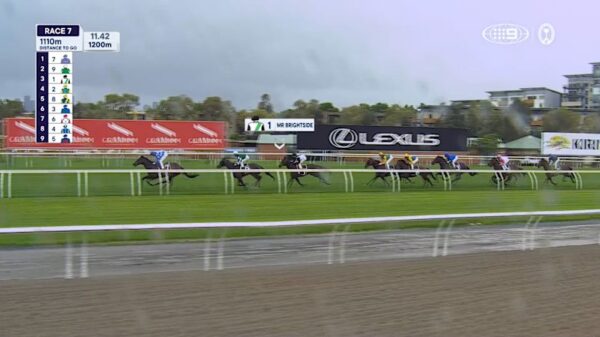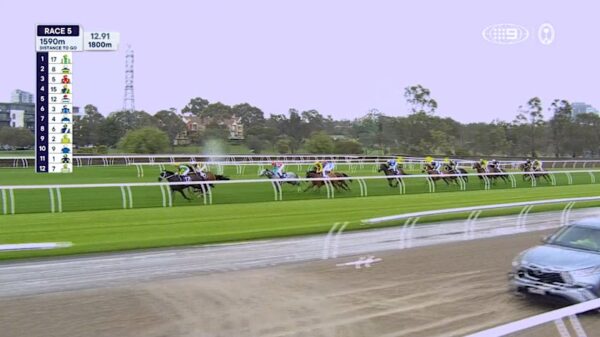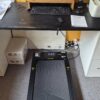The Dwarf III smart telescope, a compact yet powerful device developed by DwarfLab, is gaining attention for its ability to simplify astrophotography. Weighing just 1.3 kg (2.8 lbs) and measuring small enough to fit in carry-on luggage, the Dwarf III allows enthusiasts to capture stunning images of celestial objects without the complexity of traditional setups. This innovative telescope was taken to Greece, where its performance was tested against another smart telescope, the ZWO Seestar S50.
Introduced in May 2025, the Dwarf III is part of a new class of smart telescopes that automate and streamline the astrophotography process. Unlike traditional telescopes, it lacks an eyepiece and instead utilizes built-in tracking systems to photograph astronomical objects. The captured images are then “stacked” to enhance detail, making even faint celestial features visible on a smartphone screen.
With two lenses—a 35mm telephoto and a 3.4mm wide-angle—the Dwarf III offers a field of view that can accommodate various celestial targets, including galaxies and nebulae. The telephoto lens boasts a field of view of 2.9 x 1.7 degrees, allowing users to fit the moon into the frame about six times. The internal 4K IMX678 Starvis 2 sensor captures light efficiently, making it suitable for low-light conditions.
Performance and Features of the Dwarf III
The Dwarf III is controlled via the DwarfLab app, which provides an intuitive interface for selecting targets and adjusting settings. Users can begin photographing within minutes of unpacking the device. A recent update to the app has improved its usability, making settings easier to navigate.
Astrophotographers can use the Dwarf III in various modes, including Astro, Solar, and General modes. In Astro mode, the telescope can be set to alt-azimuth or equatorial mode, allowing for longer exposures without star trails. The Dwarf III is capable of producing images with a resolution of 3840 x 2160 for stills and 4K at 30fps for video.
One of the standout features is the telescope’s dual-band filter, which enhances the visibility of nebulae by reducing light pollution. The Dwarf III also comes with a solar filter, enabling safe solar photography. However, it is important to note that while the telescope excels at capturing deep-sky objects, it is not ideal for planet imaging.
Pricing and Comparison with Rivals
The Dwarf III is priced competitively at $549 (£459 / AU$849), positioning it similarly to its main competitor, the ZWO Seestar S50, which retails for the same price. The Dwarf III does not include a tripod, which is an additional expense of around $89 (£73 / AU$149).
When compared to the ZWO Seestar S30, which is priced at $399 (£419 / AU$699), the Dwarf III offers a more premium experience with its advanced features and performance, though it may not be the best choice for seasoned astrophotographers looking for a tighter field of view.
The Dwarf III’s design is both practical and appealing, resembling a modern gadget rather than a traditional telescope. It is compact and built with durability in mind, featuring an IP54 rating to protect against moisture and dust. The telescope’s portability makes it an attractive option for travel, allowing users to easily transport it to locations with clear skies.
In conclusion, the Dwarf III smart telescope represents a significant advancement in accessible astrophotography. Its ease of use, compact size, and impressive image quality make it an excellent choice for beginners and those with limited time. As more enthusiasts explore the night sky, the Dwarf III stands out as a valuable tool in capturing the wonders of the universe.


































































